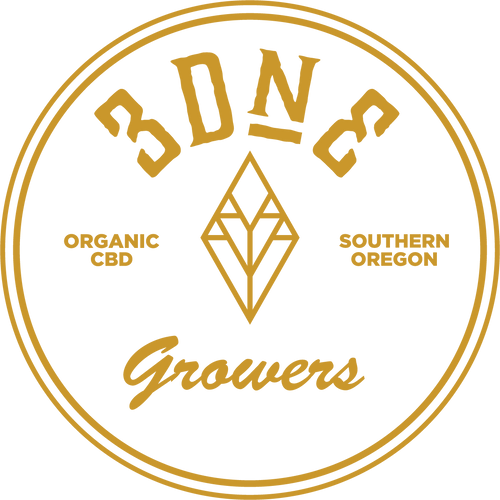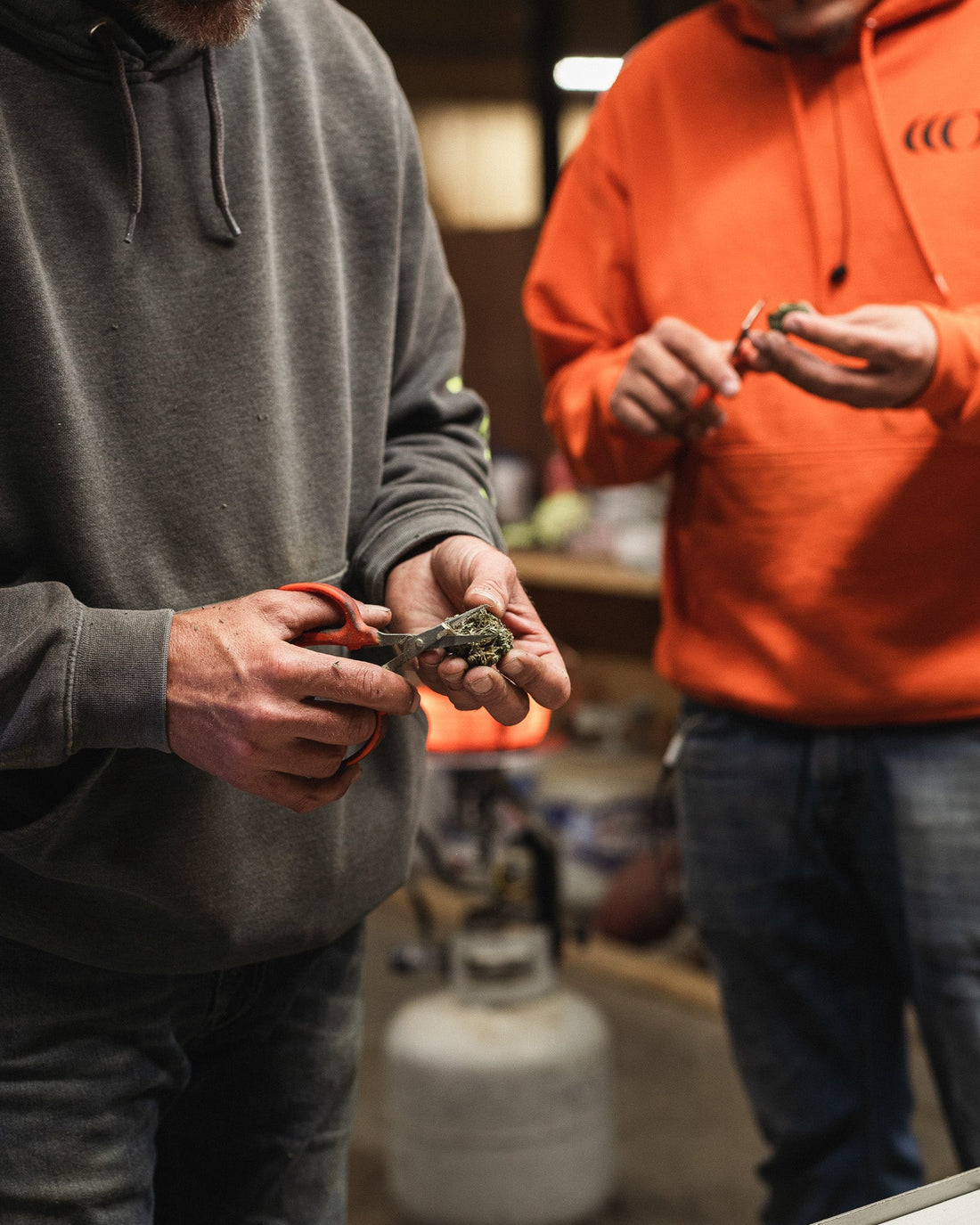In the world of cannabis cultivation, trimming is an essential step that can significantly affect the quality and marketability of your final product. Growers often face the choice between hand trimming and machine trimming, each method coming with its own set of advantages and disadvantages. In this blog post, we’ll explore the differences between these two trimming techniques and how they can complement each other for optimal results.
Hand Trimming: The Artisan Touch
Hand trimming has been the standard in cannabis cultivation for ages, and for good reason. This method involves skilled workers manually cutting away excess leaves and shaping the buds. Here are some of the key benefits of hand trimming:
-
Precision and Control: Hand trimmers can delicately remove unwanted plant material, ensuring that each bud is shaped to perfection. This level of care often results in a more aesthetically pleasing product.
-
Quality Preservation: By hand-trimming, growers can ensure that the trichomes—tiny, resinous glands that contain cannabinoids and terpenes—are preserved. This helps maintain the potency and aroma of the buds.
-
Customization: Each strain may require a different approach, and hand trimming allows for flexibility in techniques and styles tailored to specific cannabis varieties.
However, hand trimming is labor-intensive and time-consuming, which can lead to higher labor costs and longer processing times.
Machine Trimming: Efficiency at Scale
Machine trimming has gained popularity in recent years, driven by the need for efficiency and speed in larger operations. Here’s a look at some of the advantages of machine trimming:
-
Speed: When trimming large quantities of cannabis, machines can dramatically reduce processing time compared to hand trimming. This can be a game-changer during peak harvest seasons.
-
Cost-Effective: Reduced labor costs make machine trimming an attractive option for commercial growers who need to maximize their profits and minimize overhead expenses.
-
Consistency: Machines can deliver uniform results across batches, which can be beneficial for branding and ensuring that every product meets customer expectations.
Despite these benefits, machine trimming can also have downsides. The risk of damaging the buds and losing precious trichomes is higher, and the finished product may lack the artisanal touch that hand-trimmed buds often showcase.
Collaborating Methods: The Best of Both Worlds
Rather than choosing one method over the other, many growers are finding success by integrating both hand trimming and machine trimming into their processes. Here’s how you can effectively combine the two:
-
Initial Machine Trim, Final Hand Trim: Use machine trimming for the bulk of the harvest to quickly remove larger leaves and excess material. Follow this with hand trimming to perfect the buds and ensure quality.
-
Hybrid Teams: Consider employing a team that can handle both methods. Machines can take on initial tasks, while skilled trimmers finalize the product, allowing you to benefit from efficiency without sacrificing quality.
-
Product Segmentation: For premium products, opt for hand trimming to create a high-end experience for your customers, while using machine trimming for lower-tier products that focus more on volume.
Conclusion
Choosing between hand trimming and machine trimming doesn’t have to be a rigid decision. By understanding the strengths and weaknesses of both methods, cannabis growers can tailor their trimming processes to achieve the best results. Whether you prioritize speed, quality, or a combination of both, finding the right balance can elevate your products and satisfy your customer base. Happy trimming!

